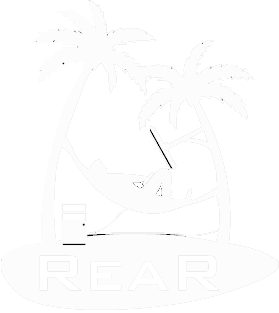 Relax-and-Recover
Relax-and-Recover
 Relax-and-Recover
Relax-and-Recover
Relax-and-Recover (abbreviated ReaR) is the de facto standard disaster recovery framework on Linux.
It is in particular used on enterprise Linux distributions like Red Hat Enterprise Linux (RHEL) and SUSE Linux Enterprise Server (SLES).
ReaR is a system administrator tool and framework to create a bootable disaster recovery system image for bare metal disaster recovery with data backup restore on physical or virtual replacement hardware.
For bare metal disaster recovery the ReaR recovery system is booted on pristine replacement hardware. On replacement hardware first the storage setup/layout is recreated (disk partitioning, filesystems, mount points), then a backup restore program is called to restore the data (system files) into the recreated storage, and finally a boot loader is installed.
System administrators use the ReaR framework to set up a disaster recovery procedure as part of their disaster recovery policy (which complements their existing backup policy).
ReaR complements backup and restore of data with bare metal disaster recovery. ReaR can also act as local backup software, but ReaR is not a a backup management software. In many enterprise environmentments, data backup and restore happens via dedicated backup software which is integrated by ReaR and used to restore the data onto a replacement system as part of the automated disaster recovery procedure implemented by ReaR.
ReaR has support for built-in backup methods using ‘tar’ and ‘rsync’ that are used for backup and restore.
ReaR integrates supports the following 3rd party, also commercial, tools for restoring a backup.
The complete list of backup methods (BACKUP=...) is:
AVA Dell EMC Avamar / EMC AvamarBACULA BaculaBAREOS BareosBLOCKCLONE block device cloning via ddBORG Borg BackupCDM Rubrik Cloud Data ManagementDP OpenText Data ProtectorDUPLICITY Duplicity / DuplyEXTERNAL External custom restore methodFDRUPSTREAM FDR/UpstreamGALAXY11 Commvault Galaxy 11 / Commvault SimpanaNBKDC NovaStor DataCenterNBU Veritas NetBackup / Symantec NetBackupNETFS ReaR built-in backup and restore via rsync or tar to a network file system or to a locally attached backup disk (USB, eSATA, …)NFS4SERVER NFS4 server to push data to the rescue systemNSR Dell EMC NetWorker / EMC NetWorker / Legato NetWorkerOBDR One Button Disaster Recovery via tapePPDM Dell PowerProtect Data ManagerRBME Rsync Backup Made EasyREQUESTRESTORE Request restore from a human operatorRSYNC ReaR built-in backup using rsync via rsync or ssh protocolSESAM SEP SesamTSM IBM Storage Protect / Tivoli Storage Manager / IBM Spectrum ProtectVEEAM Veeam BackupReaR integrates well with Disaster Recovery Linux Manager (DRLM) drlm.org, which can act as a central management tool for ReaR deployments.
Relax-and-Recover has a few interesting characteristics you may find useful when assessing it as a Disaster Recovery or Bare Metal Restore solution: